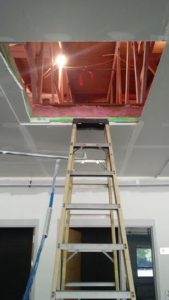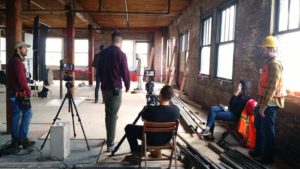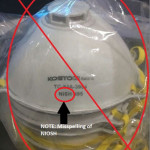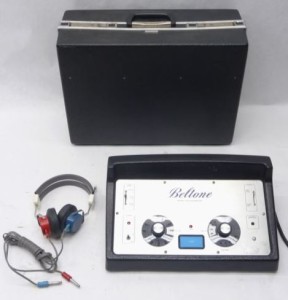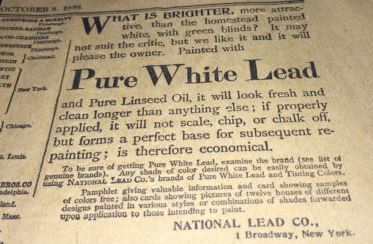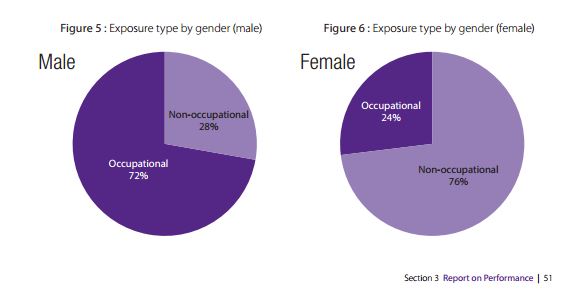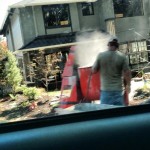I live in a moderate climate, but we had some 102 degree weather and it reminded me of how important it is to have a heat stress program and educate our workers.
Here are some tips and suggestions for keeping this hazard under control:
- Mandatory rest/water breaks (time between work & break dependent on heat) in shade
- Monitor/measure water consumption (& urine, if extreme)
- Educate employees on symptoms and factors which might contribute (medications, were you drinking last night?= deydration)
- Always work with a partner
- Flexible work schedule (start early, leave when conditions get unbearable)
- Increase ventilation
- Consider the space (attics can be worse than conditions outside)
- Provide easy access to emergency services
- One of the coolest (pun intended) ways is a “smart” vest with a downloadable app – workers wear this safety vest and it will alert people when symptoms/conditions get bad (heart rate, temperature, etc). Developed in Australia by RMIT University in Melbourne.
